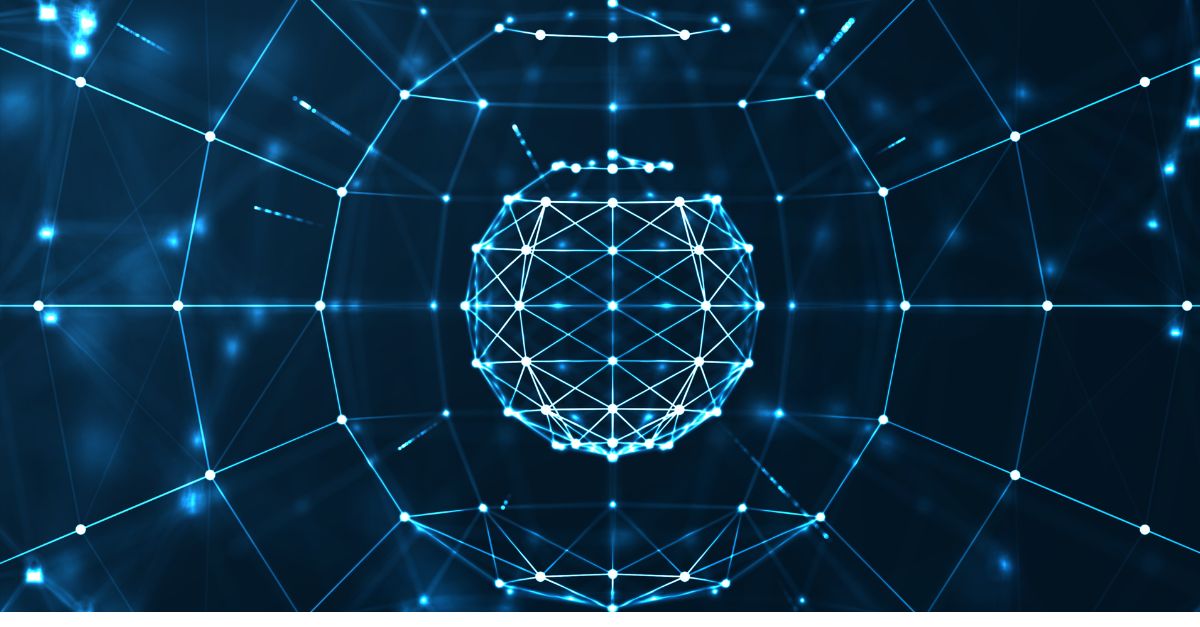Datafication is important in today’s digital world. It refers to the process of converting tangible things into digital data, thereby making information easier to comprehend and use. This article discusses how Datafication affects our everyday lives such as fitness trackers and social media, which makes things more personalized and efficient. We will look at how it works, why it is important, and how it shapes our connected world. Let us find out why Datafication is important in our digital lives!
What is Datafication?
Datafication involves transforming everyday activities such as buying and doing things into digital information. It turns tangible objects into countable data that can be studied. This helps in storing and understanding the information, therefore improving decisions making as well as the functioning of things. Today, it is commonly utilized in healthcare, finance and technology in order to learn from data, predict future trends and make improvements for our connected world.
Datafication in Data Science
Turning different kinds of information, like what people do or how businesses operate, into digital data is Datafication in data science. This helps us analyze and learn from it. It’s about taking things that happen in real life and transforming them into numbers we can comprehend and employ to improve decision-making, enhance processes and realize valuable findings.
The importance of Datafication in data science cannot be overstated since it allows us to observe trends, make forecasts, and acquire information out of the enormous amount of data we possess concerning various sectors such as business, human actions, and system operations.
Datafication Technology
For instance, Datafication is equated to the tools and strategies used in transforming everything into digital data. It is comprised of sensors, storage systems, and intelligent algorithms among other things. They are useful in collecting, sorting out and evaluating a lot of information from various sources.
The importance of Datafication tech today for things like artificial intelligence and data science cannot be undermined. This technology helps us to know important details, predict certain things and improve all sorts of works using digital info. These include smart devices, computer databases, clever algorithms as well as tools for analyzing data.
The Datafication Process
The Datafication process is like making everyday things into digital data, like turning what people do or how things work into computer-friendly information. It typically includes several steps:
Data Collection: First, gather information from different places like sensors, online forms, or when you talk with customers. When your phone’s GPS shows where you are, that data can be collected for different uses.
Data Storage: After getting the information, it’s stored in databases or cloud storage to keep it safe and organized for later use.
Data Processing: Before using data, we need to clean and change it to make it ready for analysis. This includes fixing mistakes, removing duplicates, and putting the information together to find trends and patterns.
Data Analysis: Experts called data scientists and analysts look at the changed data to find important information. They use different methods like statistics and machine learning to discover patterns and connections in the data.
Data Visualization: To make data easier to understand, people use graphs and charts. Tools like Tableau and Power BI help only show complicated information through pictures and dashboards.
Decision-Making: After understanding the information from data analysis, people use it to make decisions in different areas like business or healthcare. Businesses can use data to learn about what customers do and create specific marketing plans.
Datafication Examples
Datafication means turning different parts of life into data. Here are the seven most common Datafication examples:
Fitness Tracking: Use devices like fitness trackers to gather information about your physical activities, sleep, and health.
Smart Home Devices: Collect information from smart thermostats, security cameras, and other connected devices to learn about how your household works and what you like.
Social Media Analytics: Facebook and Instagram learn what you like to make the apps better for you and show ads you might enjoy.
E-commerce Recommendations: When you shop online, websites suggest things you might like based on what you’ve bought before, making shopping special.
Healthcare Wearables: Smartwatches and health monitors track your heart rate, steps, and other health information to give you advice that’s personalized for your health.
Smart Cities: Putting sensors and systems in cities to watch traffic, energy use, and public services helps make the city work better.
Financial Transactions: Banks and money companies use information to catch fake actions, decide if you’re good with credit, and give you services that fit you.
Conclusion
In conclusion, Datafication transforms real-life activities into digital data, shaping our digital world. This article from The IoT Academy helps us understand and use information better, enhancing personalization and efficiency in areas like healthcare, finance, and technology. Datafication, using sensors and smart algorithms, helps us understand and decide things better in the digital age for innovation and informed choices.
Learning about data science and machine learning courses will help people understand and use the huge amounts of data in our digital world, leading to more progress and insights.




